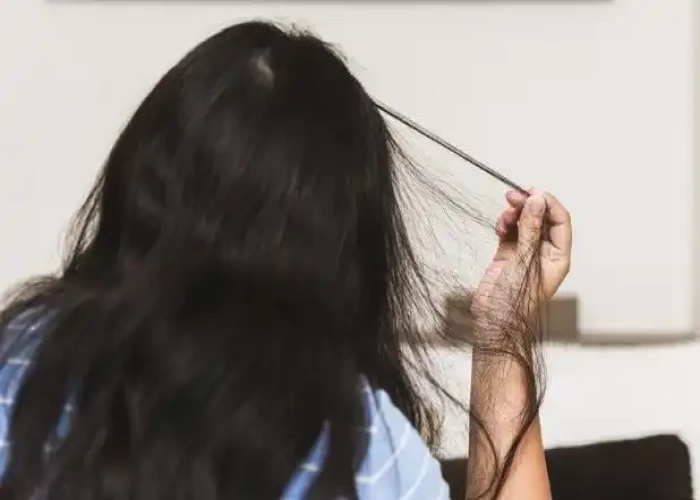 Welcome
Welcome
“May all be happy, may all be healed, may all be at peace and may no one ever suffer."
Trichotillomania (hair-pulling disorder)
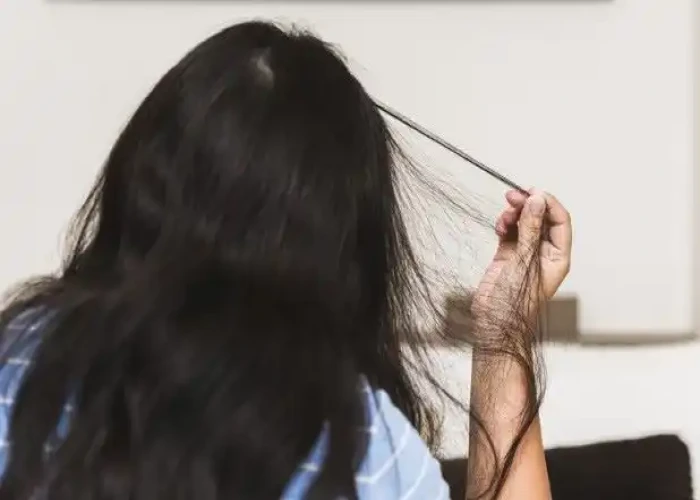
Trichotillomania, also known as hair-pulling disorder, is a mental health condition characterized by an irresistible urge to pull out one's own hair, often resulting in noticeable hair loss. Hair may be pulled from any part of the body, but it most commonly affects the scalp, eyelashes, and eyebrows.
The exact cause of trichotillomania is not known, but it is thought to be related to a combination of genetic, environmental, and psychological factors. People with trichotillomania may experience tension or anxiety before pulling out their hair, followed by a sense of relief or gratification after doing so.
Diagnosis of trichotillomania is typically made by a mental health professional based on the person's symptoms and behaviors. Treatment for trichotillomania may include a combination of therapies, such as cognitive-behavioral therapy (CBT), habit reversal training, and medications. CBT can help people identify triggers and learn strategies to manage the urge to pull hair. Habit reversal training involves learning to replace hair-pulling with other behaviors, such as clenching the fists or holding an object. In some cases, medications such as antidepressants or antipsychotics may be used to treat trichotillomania.
It is important to seek help from a mental health professional if hair pulling is affecting your daily life or causing distress. With appropriate treatment and support, many people with trichotillomania are able to manage their symptoms and reduce hair pulling.
Research Papers
Disease Signs and Symptoms
- Hair pulling disorder
- Repeatedly pulling hair out, typically from scalp, eyebrows or eyelashes, but sometimes from other body areas, and sites may vary over time
- An increasing sense of tension before pulling, or when try to resist pulling
- Preference for specific types of hair, rituals that accompany hair pulling or patterns of hair pulling
- Biting, chewing or eating pulled-out hair
- Repeatedly trying to stop pulling out hair or trying to do it less often without success
- Significant distress or problems at work, school or in social situations related to pulling out hair
Disease Causes
Trichotillomania (hair-pulling disorder)
The cause of trichotillomania is unclear. But like many complex disorders, trichotillomania probably results from a combination of genetic and environmental factors.
Disease Prevents
Disease Treatments
Research on treatment of trichotillomania is limited. However, some treatment options have helped many people reduce their hair pulling or stop entirely.
Therapy
Types of therapy that may be helpful for trichotillomania include:
- Habit reversal training. This behavior therapy is the primary treatment for trichotillomania. You learn how to recognize situations where you're likely to pull your hair and how to substitute other behaviors instead. For example, you might clench your fists to help stop the urge or redirect your hand from your hair to your ear. Other therapies may be used along with habit reversal training.
- Cognitive therapy. This therapy can help you identify and examine distorted beliefs you may have in relation to hair pulling.
- Acceptance and commitment therapy. This therapy can help you learn to accept your hair-pulling urges without acting on them.
Therapies that help with other mental health disorders often associated with trichotillomania, such as depression, anxiety or substance abuse, can be an important part of treatment.
Medications
Although no medications are approved by the Food and Drug Administration specifically for the treatment of trichotillomania, some medications may help control certain symptoms.
For example, your doctor may recommend an antidepressant, such as clomipramine (Anafranil). Other medications that research suggests may have some benefit include N-acetylcysteine (as-uh-tul-SIS-tee-een), an amino acid that influences neurotransmitters related to mood, and olanzapine (Zyprexa), an atypical antipsychotic.
Talk with your doctor about any medication that he or she suggests. The possible benefits of medications should always be balanced against possible side effects.
Disease Diagnoses
Disease Allopathic Generics
Disease Ayurvedic Generics
Disease Homeopathic Generics
Disease yoga
Trichotillomania (hair-pulling disorder) and Learn More about Diseases

Hip fracture

Dermatitis

Laryngitis
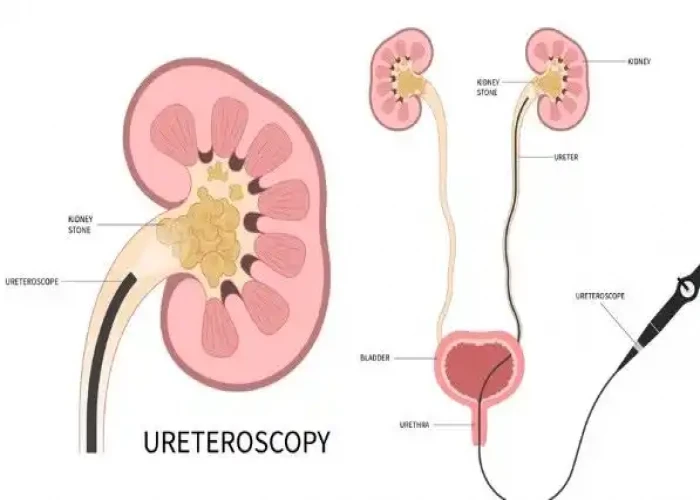
Ureteral cancer

Cytomegalovirus (CMV) infection
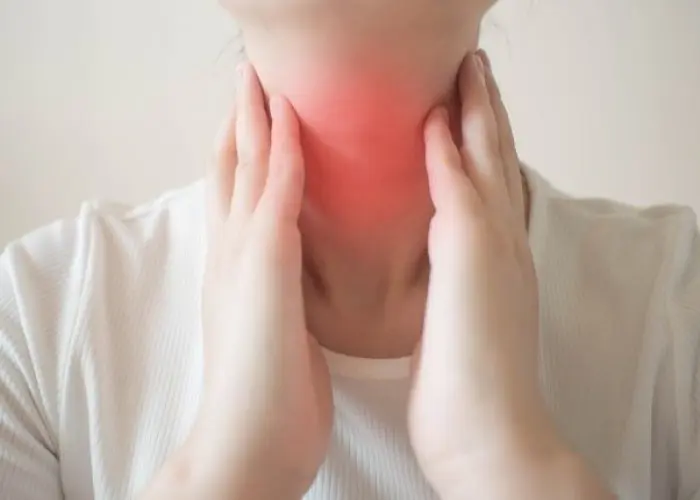
Graves' disease

Stomach polyps
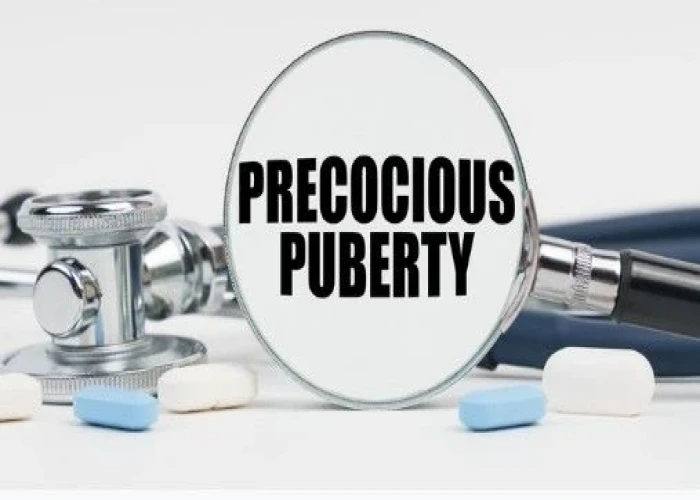
Precocious puberty
trichotillomania, hair-pulling disorder, ট্রাইকোটিলোম্যানিয়া, হেয়ার-পুলিং ব্যাধি
To be happy, beautiful, healthy, wealthy, hale and long-lived stay with DM3S.
